Following Elon Musk’s presentation about SpaceX’s Starship rocket, the company posted a 2-minute video showing how it’d refill the system in orbit.
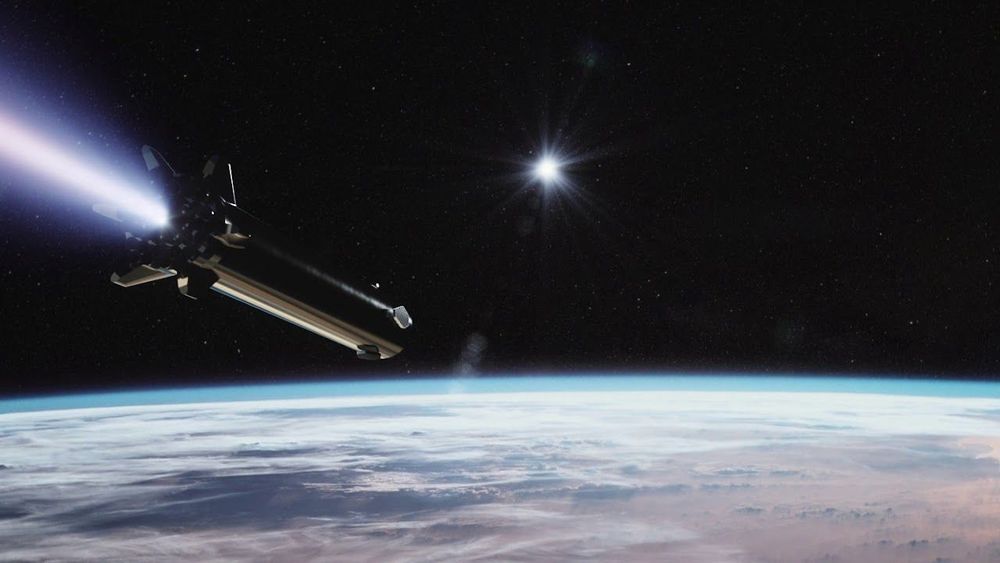

Following Elon Musk’s presentation about SpaceX’s Starship rocket, the company posted a 2-minute video showing how it’d refill the system in orbit.
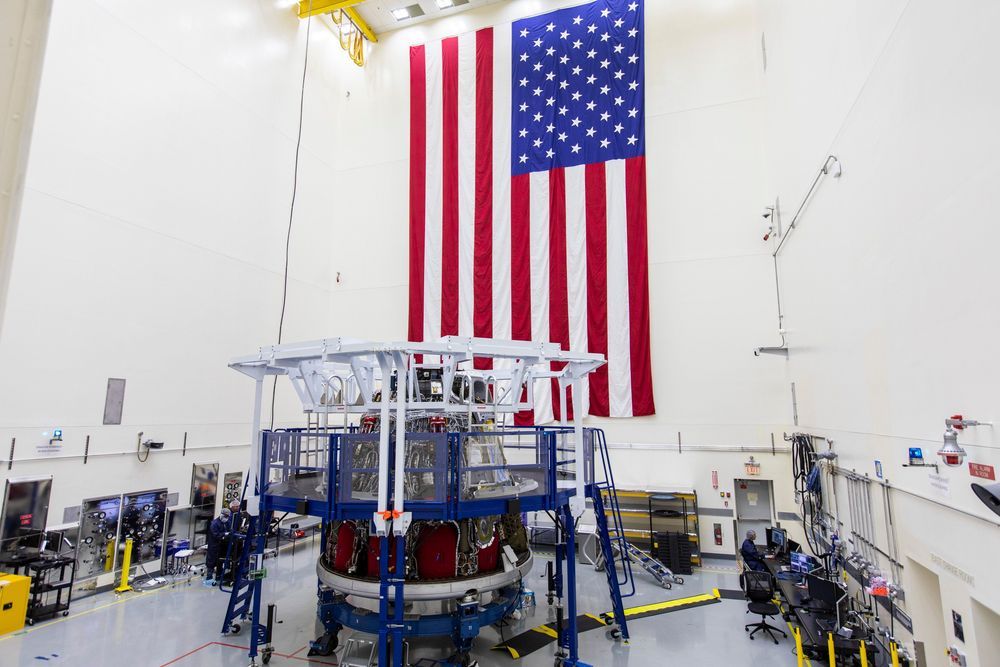
SpaceX’s facility at Cape Canaveral just received a crucial new delivery: a Falcon 9 rocket and Crew Dragon capsule that it will be using for an upcoming in-flight abort test. This test, which will demonstrate the spacecraft and launch system’s ability to abort the launch mid-flight in case of any emergencies, is an important and necessary step before SpaceX can fly Crew Dragon with any actual people on board.
This test will replicate a “worst-case scenario” of sorts, by staging a crew capsule separation at the point of “Max Q,” which is the part of the launch where the rocket is exposed to the most severe atmospheric forces prior to making it to space. At this point during the abort test, the Crew Dragon will show that it can detach from the Falcon 9 rocket and propel itself away to a safe distance in order to protect the astronauts on board.

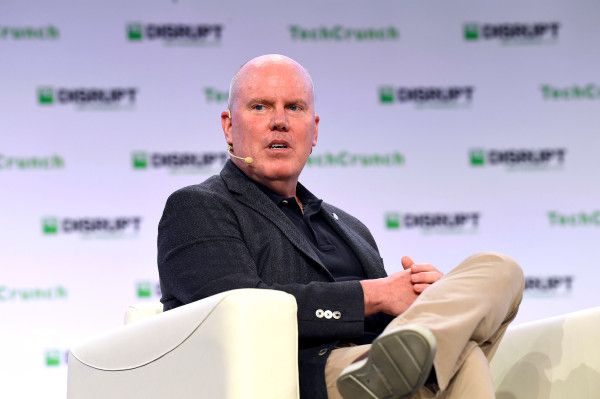
After committing to having a first crewed launch of its rocket ship in 2019, Blue Origin, the rocket manufacturer and launch services company backed by Jeff Bezos, is likely going to have to push that timeline back to 2020.
Speaking onstage at TechCrunch Disrupt San Francisco, Blue Origin chief executive Bob Smith said that the window for getting the crewed flight done within the 2019 time frame was narrowing. “We’re not going to be date-driven,” Smith said.
But as commercial launches come to market, customers can expect to pay “hundreds of thousands of dollars” for a ticket on the New Shepard suborbital flight.

Other approaches to space involve moving some or all the engineering activities out of government into the private sector, in the hopes that the private sector will be able to produce otherwise unavailable efficiencies. This sounds good in practice, but we must recognize that shifting some management responsibilities does not alleviate the government responsibility to regulate and look out after the public good.
But imprudent regulation impairs private sector efforts, simply because they may have a harder time getting relief from government rules than, let’s say, the DoD might. Unnecessarily stringent rules, requirements, and regulations discourage success. The precautionary principle has its appeal, but when the underlying activity itself is relatively new and uncertain, precautionary restrictions quickly turn into outright prohibition. Any arbitrary prohibition limits the diversity of our national spaceflight portfolio.
It may seem that this or that actor might benefit from favoritism, permissive oversight, or other unfair advantages. But while everybody trying to do something new in space benefits from distinct benefits and advantages, they also face unique obstacles and difficulties.
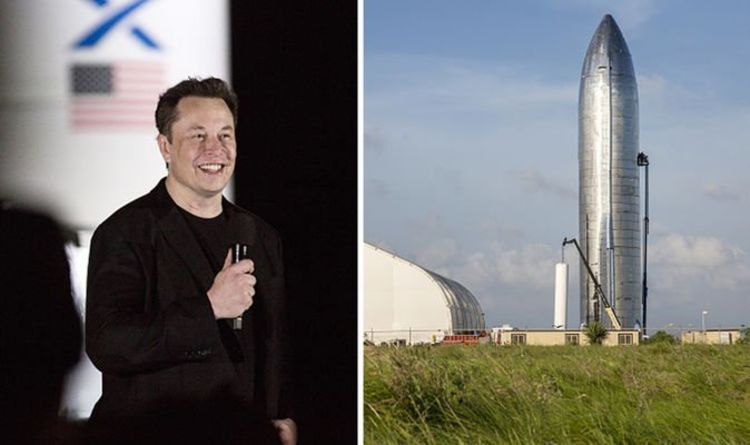
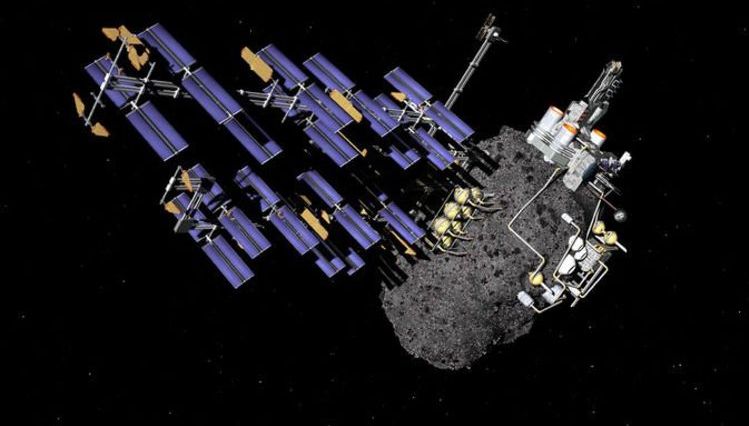
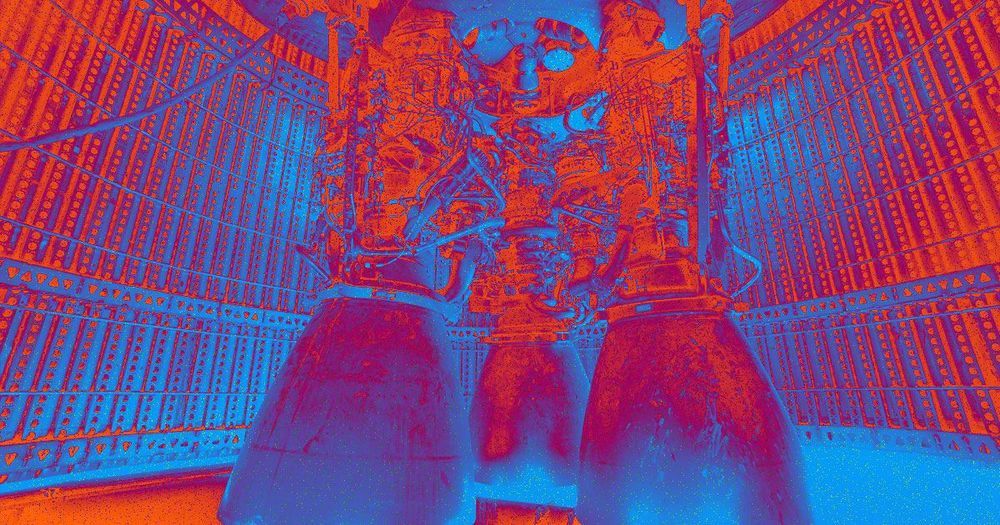
Musk revealed the stainless steel monstrosity during a presentation at SpaceX’s Boca Chica, Texas testing site on Saturday. The hope is that it’ll one day allow up to 100 passengers to travel to the Moon, Mars, and beyond.
The record-breaking rocket will eventually be 160 feet tall and twice as powerful, according to Musk, as NASA’s retired Saturn V rocket that took American astronauts to the Moon during the Apollo missions.

